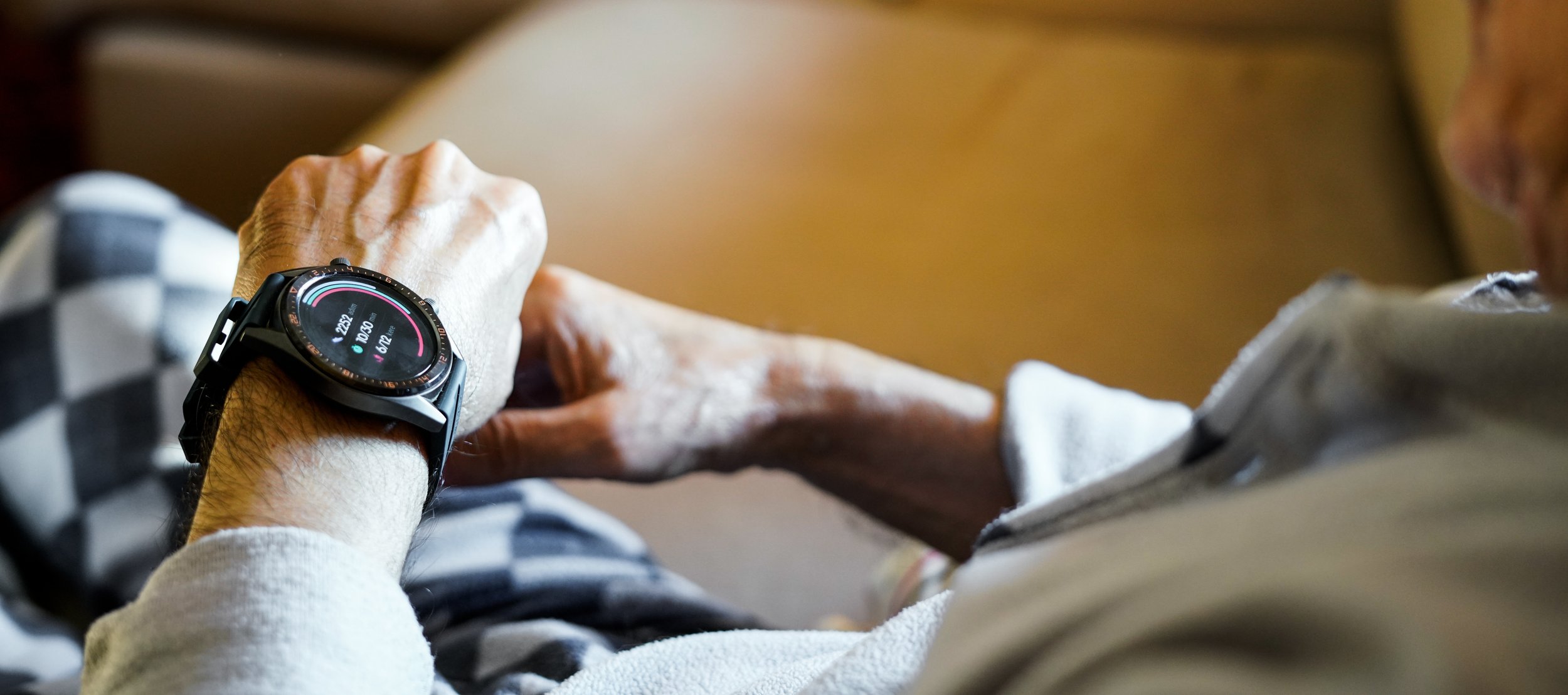How to self-certify with EADDAT Tier 1
Using DSDC’s Environments for Ageing and Dementia Design Assessment Tool (EADDAT) Tier 1 to self-certify is a great way to understand how your space is supporting an ageing population and people living with dementia. Tier 1 of EADDAT is the entry level, so it’s an easily accessible place to start and suitable for any environment.
Where do I start?
First thing’s first: you need to download a copy of EADDAT Tier 1, which you can find here. Tier 1 is completely free of charge.
Once you have your copy, it’s time to read through the document and understand the six design fundamentals. Once you have read through the document, you will find a short checklist. This is the checklist you need to complete to conduct your own self-assessment. We would recommend printing out this page (if you can) and bring a pen or pencil. You will also need a camera to take pictures of the fundamentals met.
Do I meet the criteria for self-certification?
To qualify for self-certification, the space will need to successfully meet all the criteria in at least three of the six fundamentals.
How do I apply for self-certification?
Once the Design Fundamentals Checklist is completed (with photo evidence), users can submit a request for a EADDAT Tier 1 Self-Certification through the DSDC website, under the ‘resources’ section. Here, users are required to complete a short form and upload the completed Design Fundamentals Checklist and photos. Once the form is completed, users can then continue with the purchase of the EADDAT Tier 1 Self-Certification; there is a small fee to cover the cost of the administration, certificate and window sticker.
What do I receive for a self-certification?
In return, users will receive a window sticker (ideal for shop fronts), a certificate of self-certification, a digital logo, and acknowledgement within the DSDC Register of Self-Certified Environments for Ageing and Dementia Design.
What are the benefits of self-certification?
Self-certification is a great way to reassure people using your service who are living with dementia, or age-related impairments, that you are actively supporting their needs, as well as those of the community. It also is an ideal way of promoting your business / organisation to potential customers too, which may attract new trade.
We live in an ageing society, so we will have more people living in communities who have age-related impairments, and we will see the numbers of people living with dementia increase. We already have around 900,000 people living with dementia in the UK (Alzheimer's Society), and two-thirds of people with dementia are living in the community. We need to support our ageing population to continue to be independent and take part in activities and hobbies which they enjoy without worry or stigma.
Do I have to renew my self-certification?
It’s entirely up to you how often you renew your self-certification, but we would recommend a good time is when you make changes to the space. In fact, making changes to the environment is an ideal time to use EADDAT to make sure the changes you’re making will be supportive.
Self-certifications are stamped with the year they are completed, so it may be something that you want to renew on a regular basis, particularly if it forms part of your marketing strategy.





